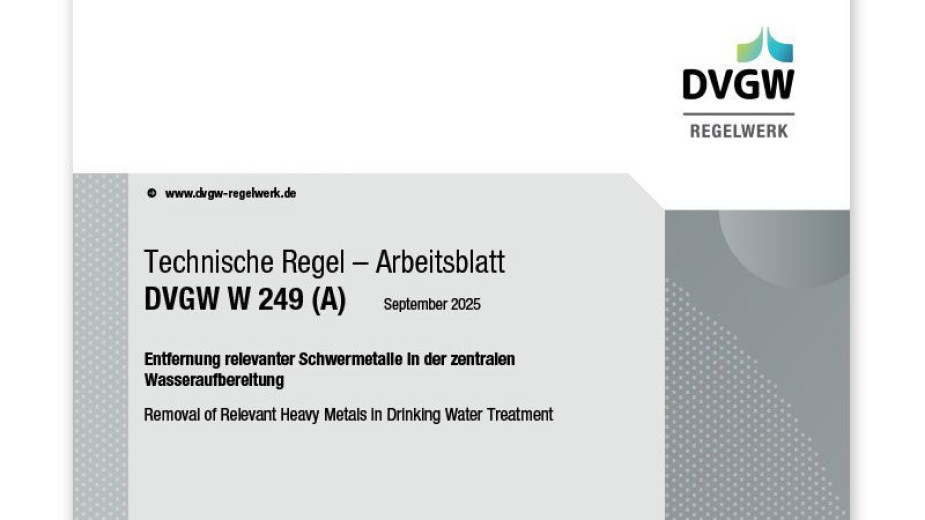
DVGW worksheet W 249 supplemented with vanadium and lead
The update of the worksheet W 249 now also covers vanadium and lead, thus continuing to serve as the primary source for finding effective ways to remove various (heavy) metals in drinking water treatment.
read more
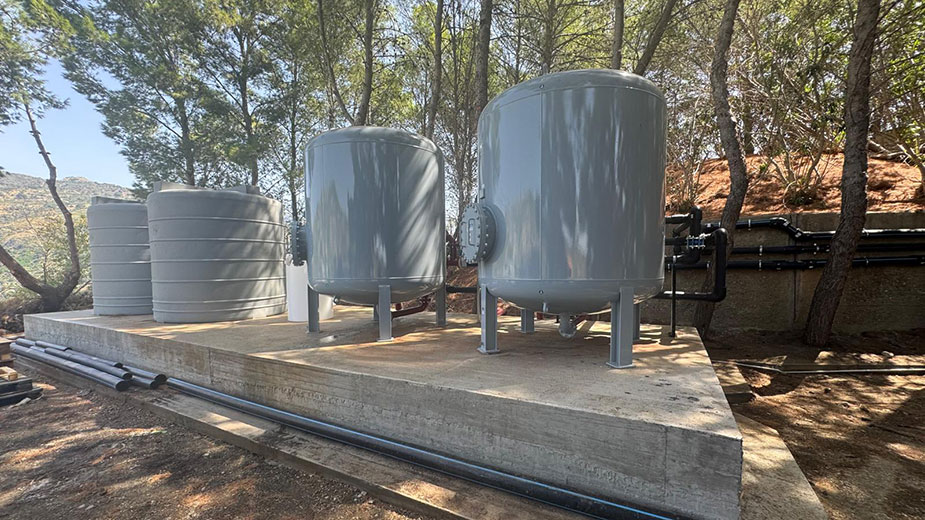
Reduction of arsenic in Nizza di Sicilia
After 275 days without drinkable tap water, a new arsenic removal plant was successfully commissioned in the Sicilian municipality of Nizza di Sicilia. The plant was built by our partner Grundfos and equipped with our GEH® 102 adsorption material. As a result, arsenic levels are now well below the limit value and the population can finally enjoy safe drinking water again.
read more
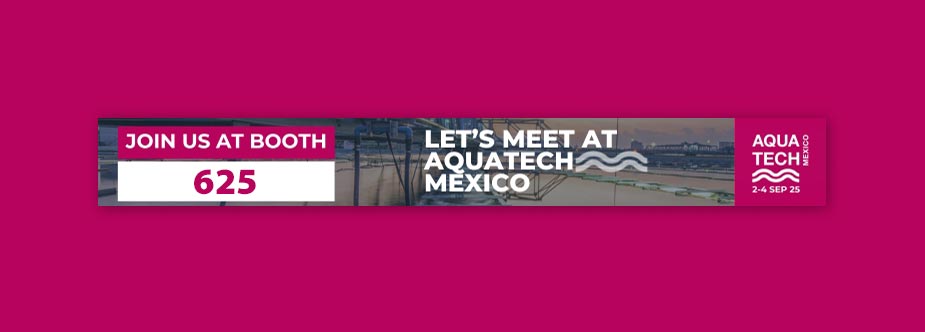
GEH Wasserchemie at Aquatech Mexico 2025
In four weeks, Aquatech Mexico, the most important trade fair for water treatment in Latin America, will begin. We will be there as exhibitors with our partner Zeomex and look forward to new impressions, interesting contacts and innovations!
read more
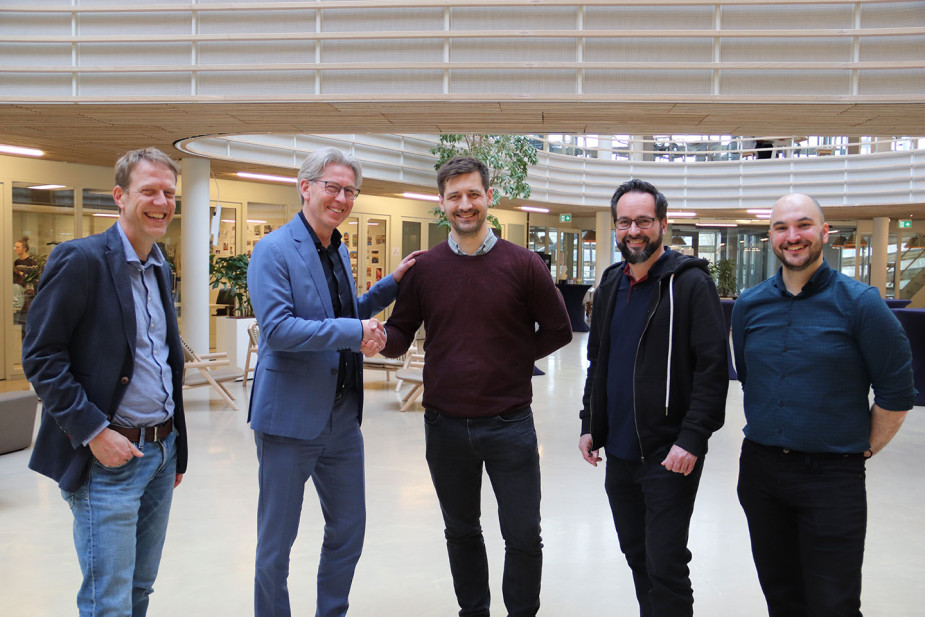
GEH Wasserchemie becomes a member of Wetsus: research partnership for phosphate recovery
GEH Wasserchemie has been part of the renowned research institute Wetsus since January 2025 and has been involved in the field of phosphate recovery. Together with Wetsus, we are researching innovative solutions for the sustainable recovery of phosphate from wastewater – for a resource-efficient future!
read more
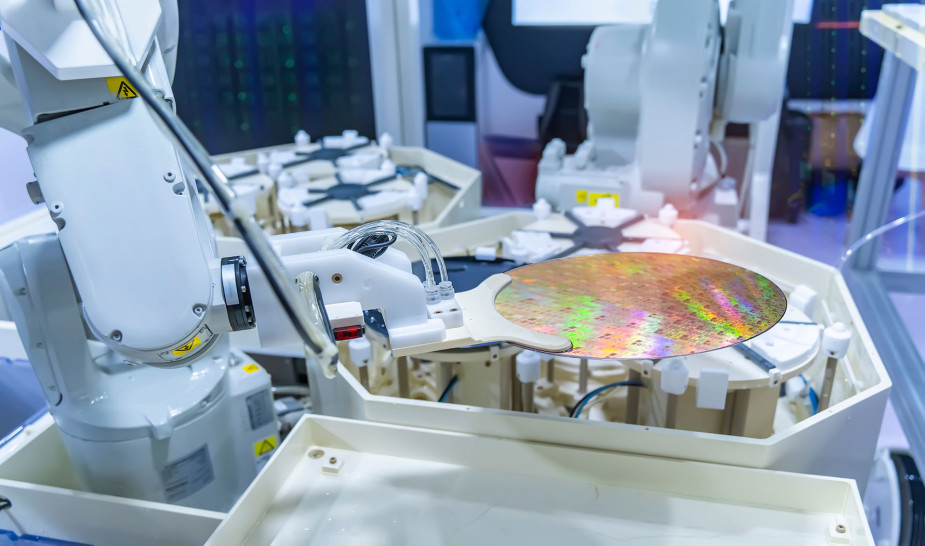
New process for the efficient and environmentally friendly removal of germanium from industrial wastewater
Semiconductor production generates process wastewater containing dissolved germanium and hydrogen peroxide. Bosch has developed a new process that efficiently removes both - using our proven adsorbent GEH®. This enables environmentally friendly treatment and recovers germanium as a valuable raw material.
read more
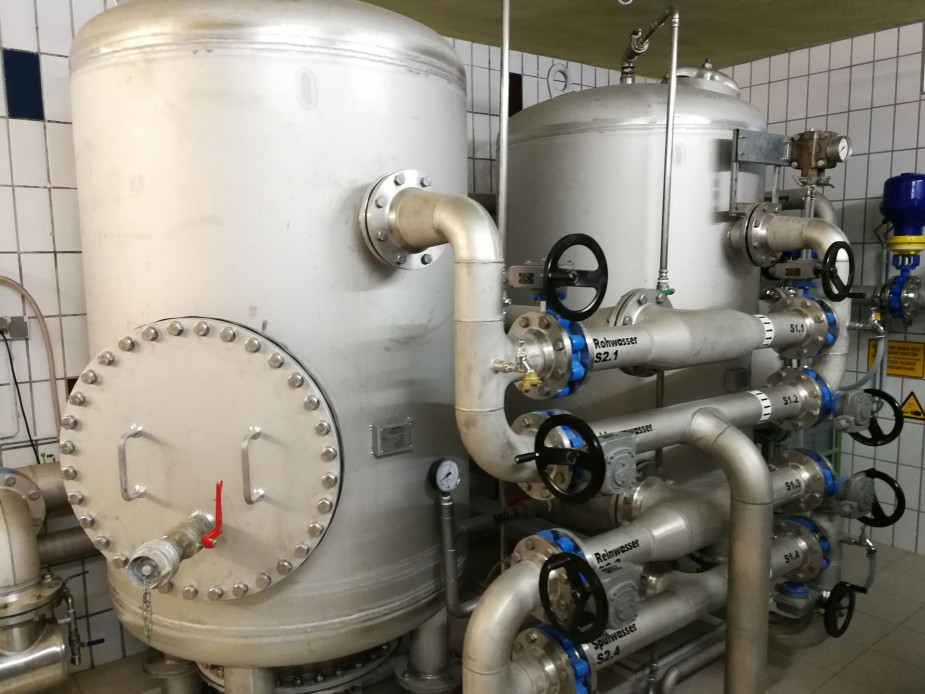
New version of the Drinking Water Ordinance
New version of the Drinking Water Ordinance tightens standards for arsenic and lead
The latest version of Germany’s Drinking Water Ordinance has been in effect since the summer. The Ordinance prescribes new, lower permissible limits for a variety of substances, such as arsenic and lead. Our GEH® Granular Ferric Hydroxide helps impacted water suppliers to adhere to the stricter standards.
read more

Environmental Management at GEH Wasserchemie
In our everyday business, the protection of the environment is always an issue, whether it is the treatment of drinking water or the purification of wastewater. However, the production of our adsorption media also has an impact on the environment. Therefore, we have been operating an environmental management system for several years in order to avoid harmful effects of our operational processes.
read more
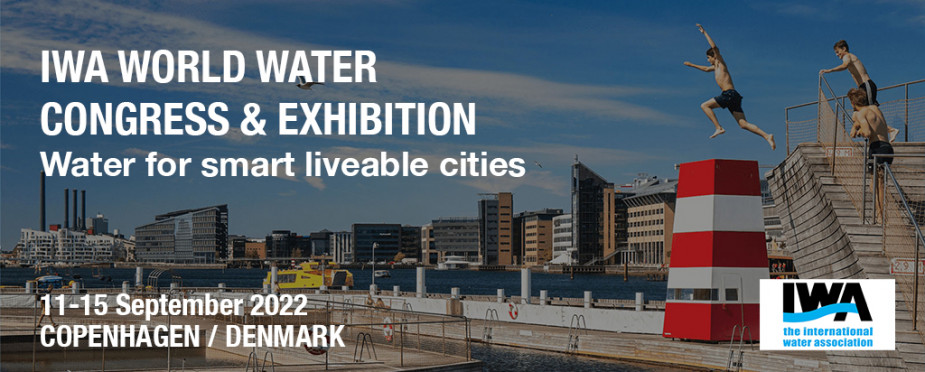
IWA World Water Congress & Exhibition 2022, Copenhagen
After many congresses and trade fairs had to be cancelled or could only be organized online in recent years due to the Corona epidemic, one of the most important events in the water sector took place again this late summer: The International Water Association (IWA) hosted the World Water Congress & Exhibition in Copenhagen, Denmark, from 11 to 15 September 2022.
read more
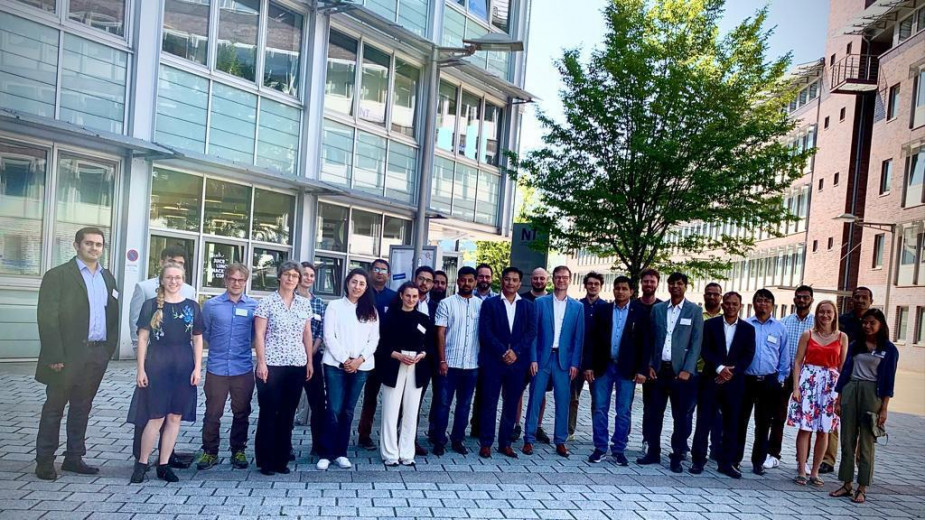
Water recycling: Workshop at the Indo-German Forum
In July of this year, a workshop on „water treatment and water recycling in India“ took place in Hamburg. Our Head of R&D Carsten Bahr was there to discuss the challenges with German and Indian experts. In addition to many other issues like water recycling, the removal of arsenic from groundwater to produce drinking water is an important concern in India. Arsenic-contaminated water is still a major problem for the population, particularly in rural areas.
read more
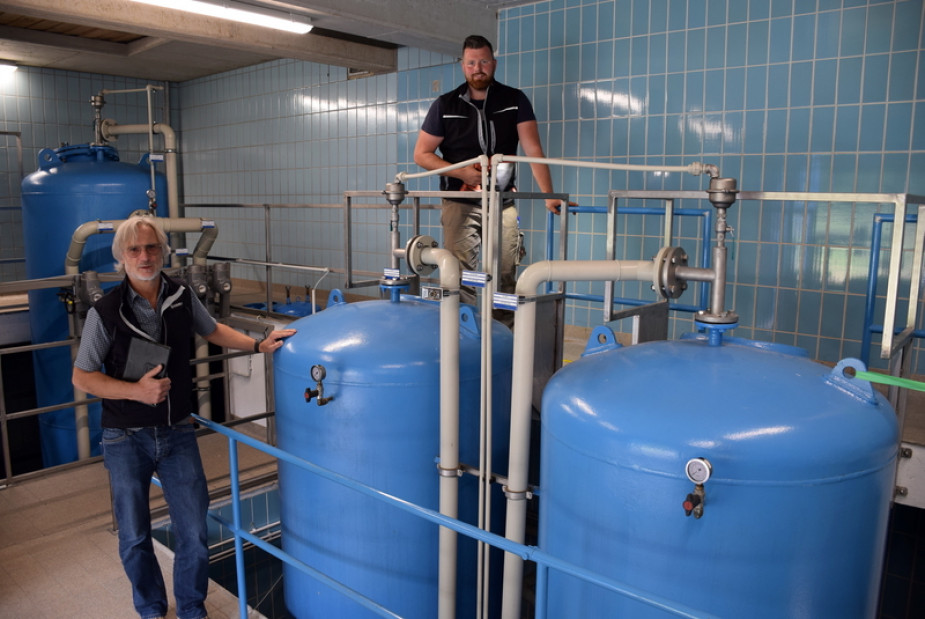
Removing lead from drinking water using GEH® (Granular Ferric Hydroxide): Successful use in Mechernich
Since the summer of 2021, a waterworks in the North Eifel town of Mechernich has been trialling the use of GEH® 102, an adsorbent based on granular ferric hydroxide, to remove lead from drinking water. The results achieved to date show that GEH® is very effective and can safely remove high concentration levels of lead in raw water of 100 µg/L and bring them down to below the limit of determination.
read more









